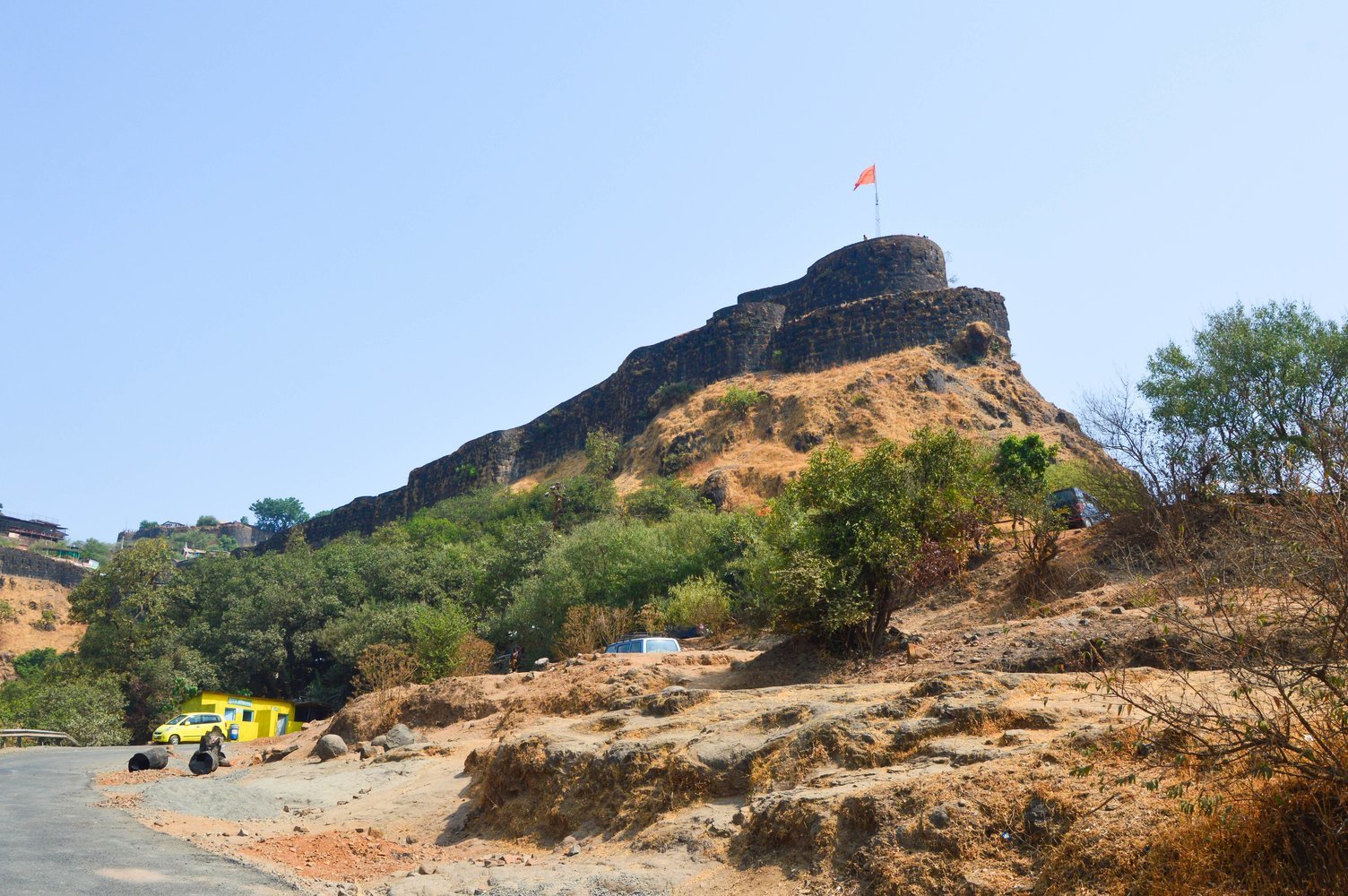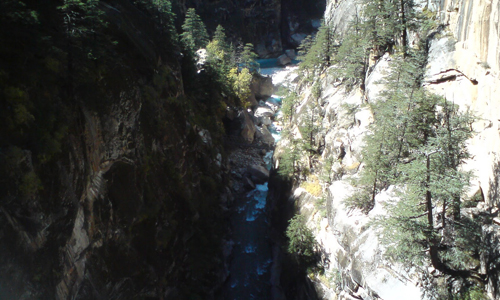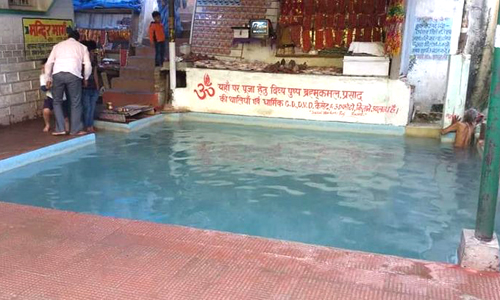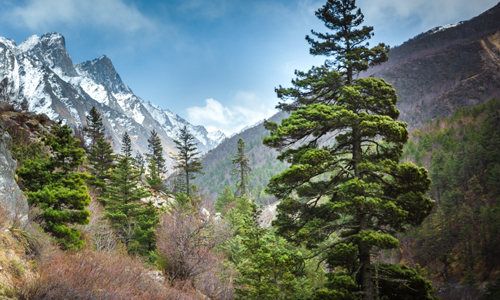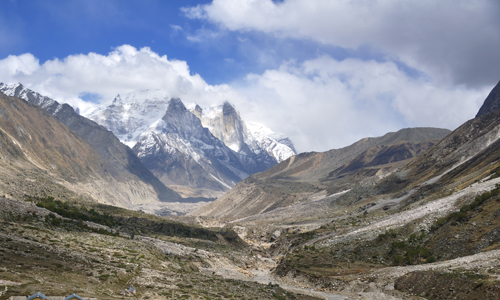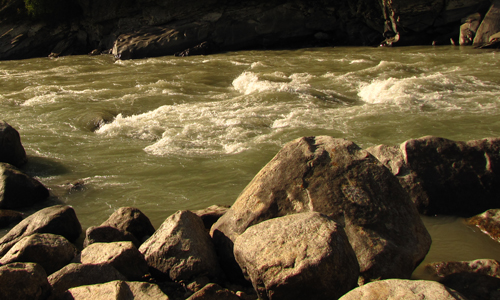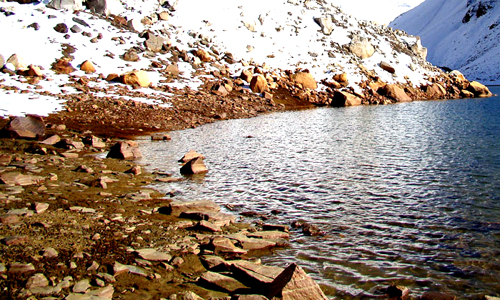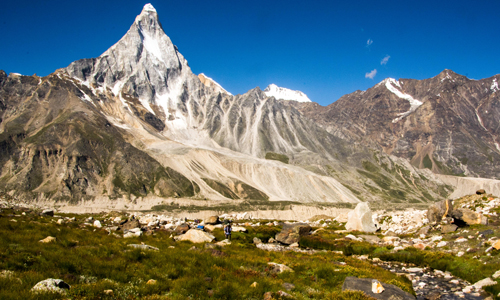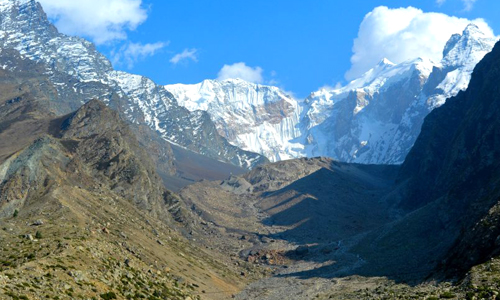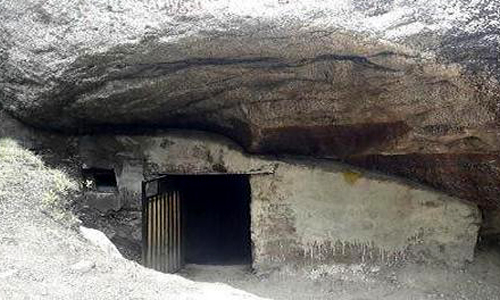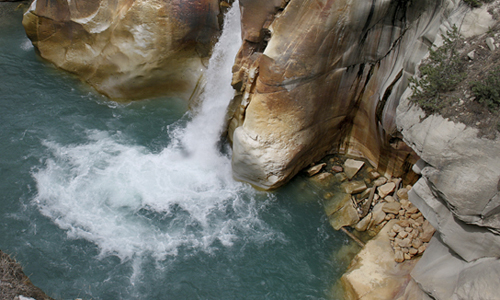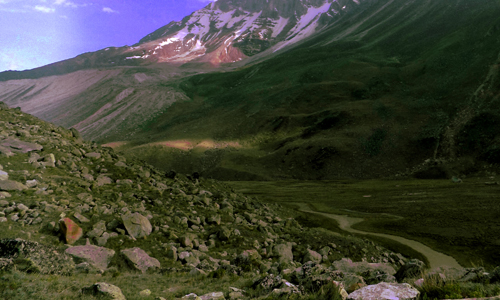At an elevation of 3,100 meters, Gangotri Temple, the tallest Temple devoted to Goddess Ganga, is one of Uttarakhand's four Chota Char Dham Yatra pilgrimage locations. The Goddess Ganga represents the famous Ganga River.
The calm white Temple and the Greater Himalayan Range have Deodar and pine trees around them. The holy river Bhagirathi, one of Ganga's two head-streams, flows near Gangotri Temple. The Temple is the most attractive and important destination on the list of places to visit in Gangotri.
Which god is in Gangotri Temple?
The Gangotri temple honours Goddess Ganga. Mukhwa village provides the Pujaris and Priests who perform in the Temple. Lord Shiva is gifted with Gangotri water.
History of the Temple
The Temple is a Nagara-style temple with a modest white marble stone construction with five 20-foot apexes, a raised Garba Griha, and a mandapa for puja and prayer. Along with four lesser temples, it houses Goddess Ganga, Yamuna, Annapurna, Saraswati, Lakshmi, Bhagirath, and Adi Sankara idols.
Shivling, a natural rock, is under the water near the Temple. The shilling is clearly visible when winter arrives since the water level drops. Lord Shiva is said to have sat here as Ganga ascended in his matted hair. Shiva saved the Earth by dividing the Ganga into seven streams.
How long is the Gangotri Temple trek?
You can camp here for one day before heading to Neel Tal and Vasuki Tal. Get up early on day four to retrace your steps back to Bhojbasa, which is 9 kilometres away and takes about 5 hours to reach. A 14-kilometer travel from Bhojbasa to Gangotri takes approximately 8 hours. It is an essential stop on the Gangotri tour package.
Who constructed the Gangotri temple?
In the 18th century, Gorkha General Amar Singh Thapa constructed the Temple. It is located on the left side of the Bhagirathi River. The shrine has lovely Deodar and pine trees around it.


